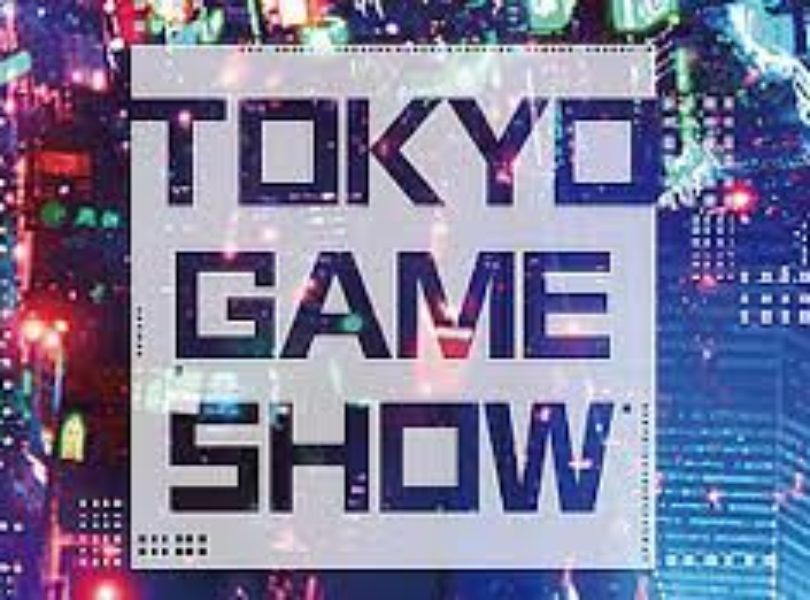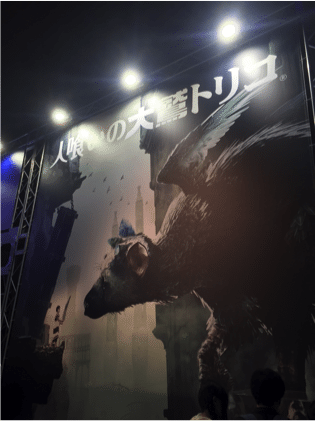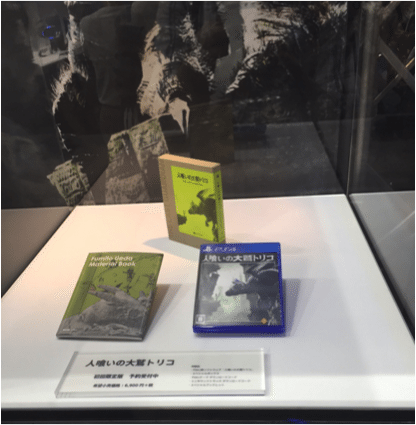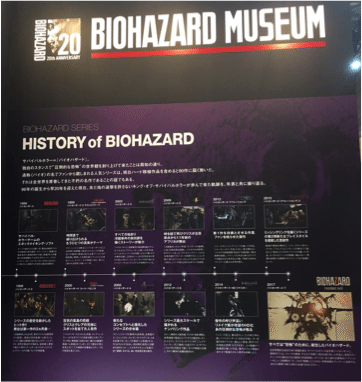The Tokyo Games Show celebrated its 20th anniversary this year, and while crowds over the two public days hit either side of 100,000, the absence of a genuine show stopper could be seen as a slight disappointment. The presence of Sony, as it has been recently, was huge. Horizon: Zero Dawn still looks incredible, and while the upcoming release of the PlayStation Pro triggered suspicions that the game might have intentionally been used as a Guinea pig to sell consumers on the tech, Guerrilla Games robot dinosaur opera is an exclusive Sony game and its fans are relying on it to live up to the hype.
After the almost revelatory reveal of a release date back in June, the disappointing delay of The Last Guardian
was as relatively minor as it was inevitable, with reports highlighting camera and control issues that aren’t too dissimilar to previous team ICO games, despite their legacy. Come December 6th (at the time of writing) Fumito Udea’s decade-plus spanning journey will end one way or the other.
The PS4 Slim’s more prompt release, coinciding with the highly anticipated 5th installment of the Persona series, did nothing to dampen event goers spirits, with people still queuing up to an hour rather than just play it at home. While slightly taking away from the spectacle of it all, TGS is a show for the public more than the industry. Pushing forward with an attempt to advocate VR, both creatively and financially, PlayStation is releasing three hardware products in as many months – an unprecedented lead up to a holiday season, with the VR focused Biohazard (Resident Evil in the west) 7 hoping to keep momentum up through to January.It certainly was given treatment worthy of its 20th anniversary.
The release of the slimmer base model PS4 that was unceremoniously leaked via an auction site might have taken the wind out of September 7th’s sails. The ‘meeting’, in a similar way to Xbox E3 project Scorpio spec announcement, left the Japanese giant looking bewildered, blindsided and maybe even going back to the drawing board. Sure, Sony’s dominance at TGS was inevitable, but Microsoft landed a one-two punch in Los Angeles back in June, and Tokyo was a chance for Sony to gain back some confidence. Xbox One sold more boxes in August, maintaining its momentum from the previous month, at least in the US. In Japan, it’s a 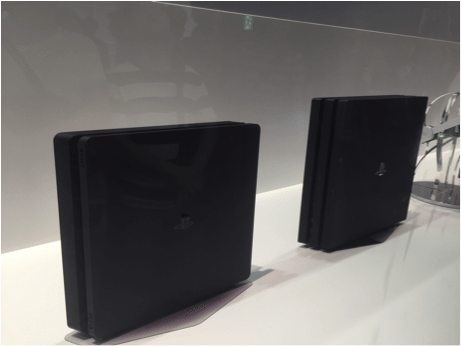
one-horse race. While the number of home consoles sold here in Japan is a fraction of that in America and Europe, Microsoft struggled to sell four figures in January, and from looking around online retailers and official sources, the reason for the upsurge – the Xbox One S – does not look likely to even get an official release. Since E3, and especially after September 7th, Sony has to hold on tight and hope their initial market dominance holds strong after a tepid last three months.
If the PS4 Pro could have eliminated the need for the box required for PSVR, or even if the numbers for 4K TVs were higher as of this writing, the incremental upgrade that was assumed to have been put off in June would have been justified. The Slim, the two new Vita colours (a system that has always struggled behind Nintendo’s 3ds), the Pro and PSVR were the hardware on show this year, and for all the rumors and excitement surrounding the ‘it must be revealed soon’ NX, Nintendo’s conspicuous snub of its homelands flagship gaming event starts to tell its own sad tale.
Not since 2005 has Nintendo itself had any presence of note, yet after the Super Mario Run announcement at Apple’s keynote (ironically held the same day as Sony’s) there was a real sense of ‘anything can happen’. In all fairness, how Nintendo has kept the NX so quiet is a borderline miracle, or maybe heightened by Sony’s clumsiness. Nevertheless, a stealth reveal at this year’s TGS would have sent crowds, the press and the entire internet into a frenzy. What makes it all the more hard to stomach is that while they did only have one new game, the sole reason to keep hold of a Wii U, the next home console Zelda was officially and rapturously revealed at, you’ve guessed it, E3.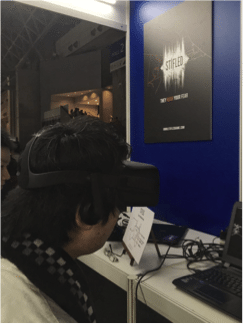
To its credit, TGS was a hotbed of new and interesting indie talent. Sony Computer Entertainment president Shuhei Yashida was tirelessly trying indie games from developers that came from all corners of the globe. Even a glance above the crowded hall 9 saw signage of ‘PlayStation loves indies’. Stifled, from Singapore based Gattai Games, uses VR and the volume of the player’s audio output to generate a monochromatic wireframe model of creepy underground passages. It’s as if The Unfinished Swan was a horror game that appeared and alerted monsters by the sound of your voice, instead of paint. It’s a glorious, minimalistic and intense experience.
Stifled. Photo- Gattai Games.
Another Proponent of VR on many a radar first appeared as a Dreamcast and PS2 game. From Tetsuya Mizuguchi and Enhance games, REZ Infinite at TGS fully utilized not only VR, but a synthesizer suit, whole walls and even ceilings to create a fully immersive audio visual experience.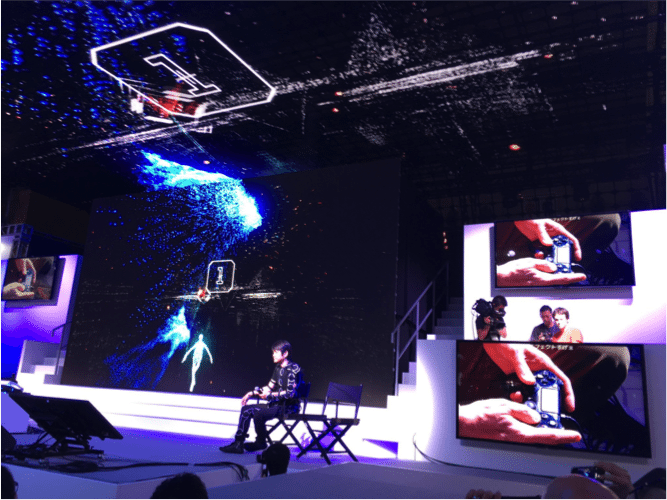
An on rails shooter at its pulsating, wire-framed heart, REZ’s hook is it’s rewarding of well timed, rhythmic combinations of shooting down patterns of various polygonal targets. The better you are, the more fully fleshed out your character becomes- starting as a sphere, morphing into a layered skeleton and so on to a slender, chrome figure. It’s similar to Mizuguchi’s gorgeous PS3 and Xbox 360 title Child of Eden, which attempted to use the Move and Kinect inputs to add a new dimension to the experience. While the suit and projections may have been for show to try to push the medium forward, REZ at its core is still a joyous, trendy slice of techno shooter and fits perfectly with VR.
The real hero of TGS, however, was Hideo Kojima. Walking down an illuminated runway during E3 brought gasps, cheers and thunderous applause. A grizzled-chic Kojima announced that he was going around the globe in search of an engine up to the challenge of his self-proclaimed new project under Sony’s wing and the Kojima Productions moniker. Death Stranding was announced and the industry clambered for morsels of information.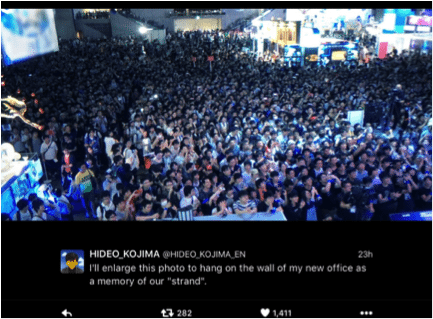
Fast-forward to Sunday afternoon. If E3 was a surprise comeback tour announcement, then the stage was set for his homecoming gig. After giving his translator a run for their money during Playstation’s pre-TGS conference, involving cute drawings and throwing around a few cryptic release hints, Kojima walked out on stage in Makuhari Messe to his people. A reception worthy of the rock star he has become in the video game industry, and for everything that has happened to him during the last 18 months with the Konami saga, he has remained a fan and media darling- just two years ago I stood in front of him presenting The Phantom Pain and PT, and after the recent sly jabs at Konami’s Metal Gear Survive, Kojima now has a reputation and legacy to build for a new IP- a typically grandiose yet enigmatic new project. As he was in 2005, showing off MGS 4 on PS3, the stage is now set for Kojima, his long-time artistic collaborator Yoji Shinkawa and team to deliver on their disconcerting ‘before 2019’ release date.
For all the creativity supplied by indies and innovation from VR this year, the Tokyo Games Show relied on a sense of familiarity to keep it in the fight.

